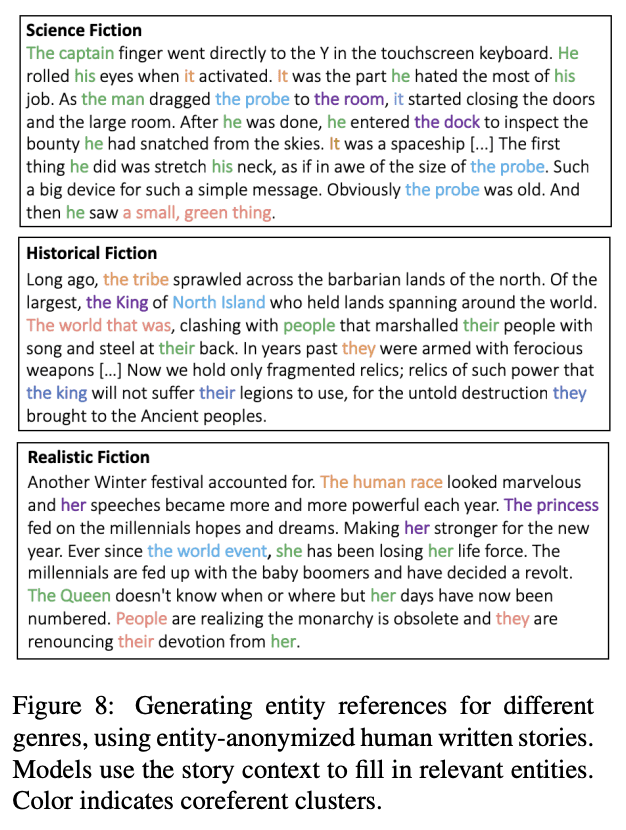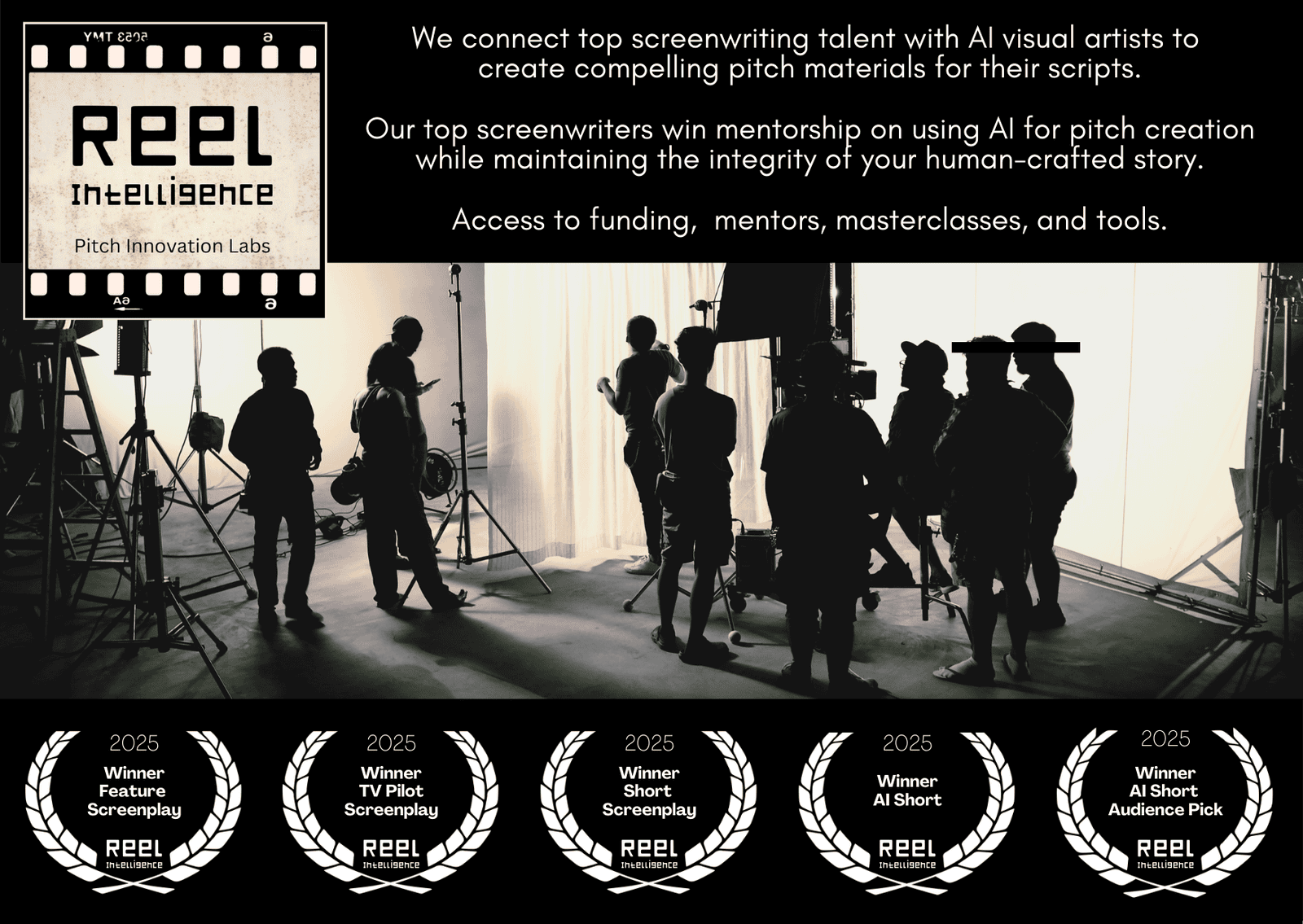
Storytelling seems almost magical. Writers conjure up entire worlds from their imaginations. But even master storytellers rely on plans and outlines to craft complex, coherent narratives spanning hundreds of words. In 2019, researchers explored how artificial intelligence could similarly use hierarchical models to improve computer-generated stories.
Up until then, most AI systems created stories simply word-by-word from left to right. While fine for short texts, this method struggled with long-term plot and character consistency. The researchers proposed "coarse-to-fine" techniques to first generate story outlines, then build surface-level details conditioned on the outline.
Their approach involved three steps: modeling the sequence of actions using verbs and arguments, generating story sentences with placeholder entities like "ent0", and finally rewriting the placeholders with specific references. This mirrored how human writers first sketch a plot's arc, then go back to flesh out settings and characters.
By creating more structured drafts, the AI models improved event diversity and entity consistency compared to previous approaches. The placeholder entities also made it easier to track characters, replacing different mentions with the same token. The researchers found that human judges strongly preferred stories created with hierarchical planning versus direct generation.
While an early attempt, this work showed the promise of mimicking writing strategies like outlining and revising. The field has advanced rapidly since 2019 as models like GPT-4 or Claude 2 now generate amazingly fluent text. But behind the scenes, AI still struggles with plot and people - areas where hierarchical techniques could help. The research highlights the value of breaking narration into more human-like steps. A technique currently being explored by several AI-assisted writing startups such as Novel AI and Sudowrite.
Just as outlines aid human storytellers, explicit planning and revisions may allow AI to better learn from experience. More structured generation spaces let models focus on specific challenges like action sequences before full text. While AI has seen stunning progress, people remain the masters of storycraft. Studying the narrative strategies of writers may guide systems to become more helpful to writers.
Source:



